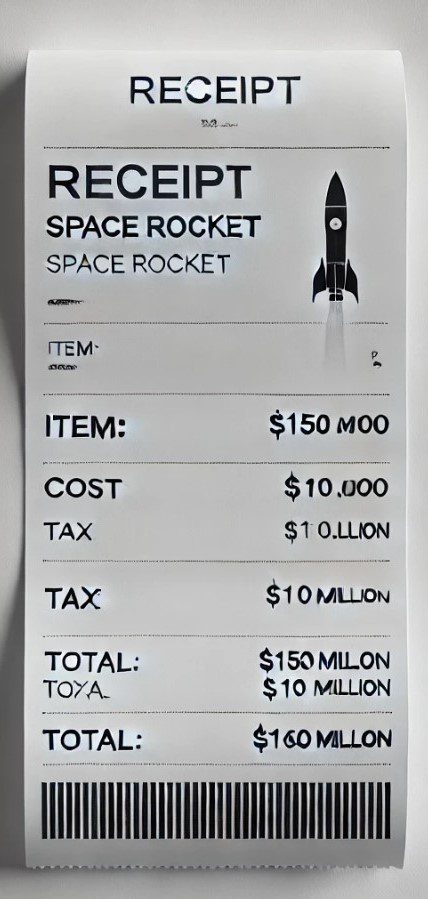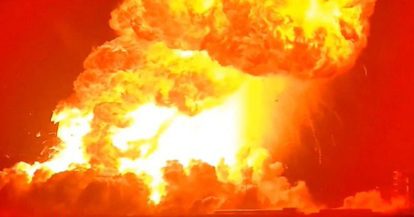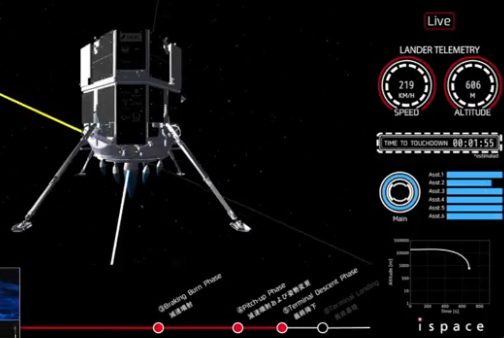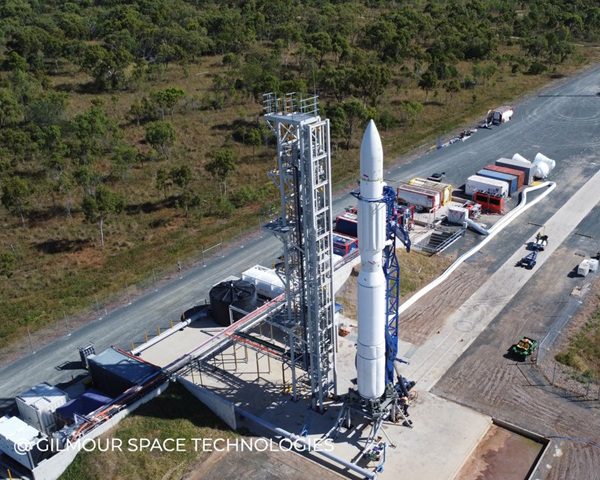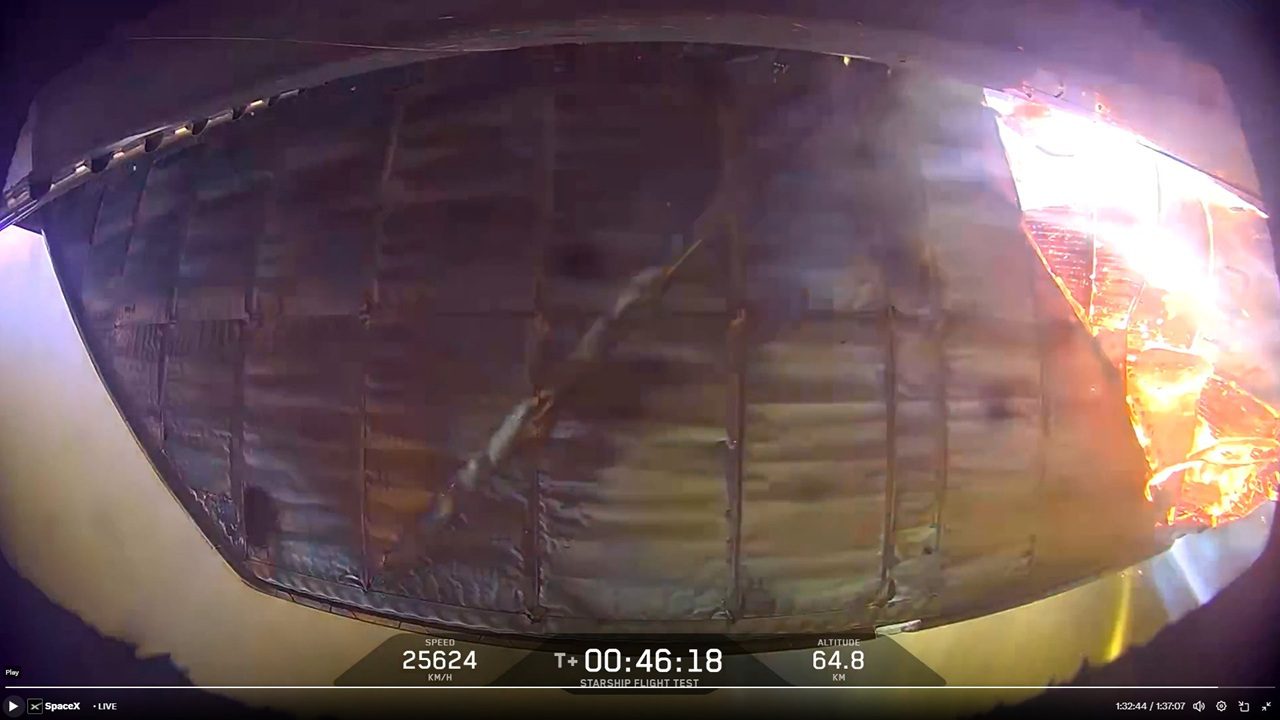European launch provider Arianespace has celebrated the seventh flight of the Italian-built Vega launch vehicle. While Vega has a reputation for being pricey, the rocket has a rapidly growing reputation for its “get you there” reliability as well. The seventh flight (sixth orbital flight) was launched at 0143 GMT on 16 September, from Guiana Space Centre’s launch site at Kourou. It carried a single Peruvian military Earth observation satellite, called Perusat, which was built by Airbus Defence and Space, and four Skysat Earth observation satellites, built by Space Systems/Loral, for the Google subsidiary Terra Bella.
The launch was complicated by the fact that the satellites needed to be “dropped off” in different orbits. The Vega’s Avum upper stage first made a four ignition multiple burn to deliver the four Skysats (Skysat 4, 5, 6, 7) into their spaced-out locations in a Sun-synchronous orbit at 508 x 491 km, at 97.4 degrees inclination, and then a final burn to place Perusat 1 into its 684 x 667 km, 98.2 degree inclination orbit.
A new version of Vega, the Vega C, is currently being designed utilising the solid rocket stages used for Ariane 6. The payload performance is expected to double for roughly the same launch cost.

